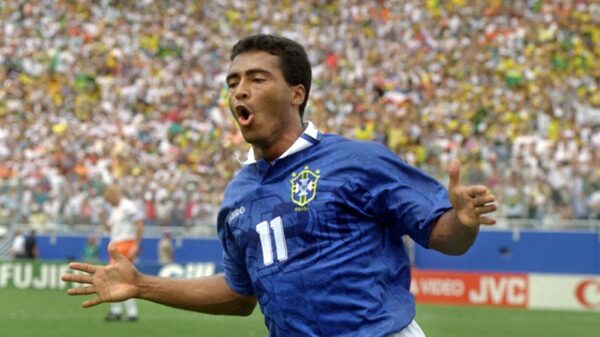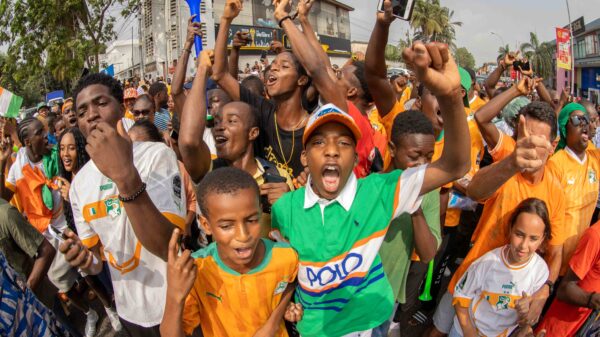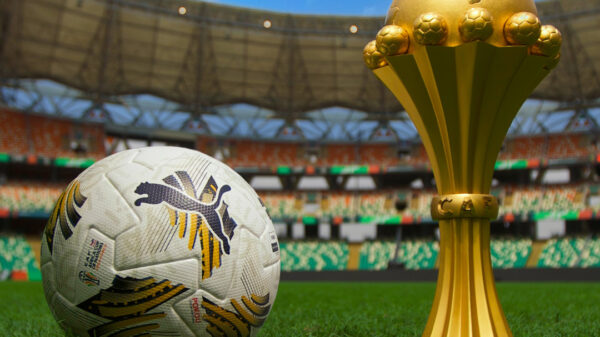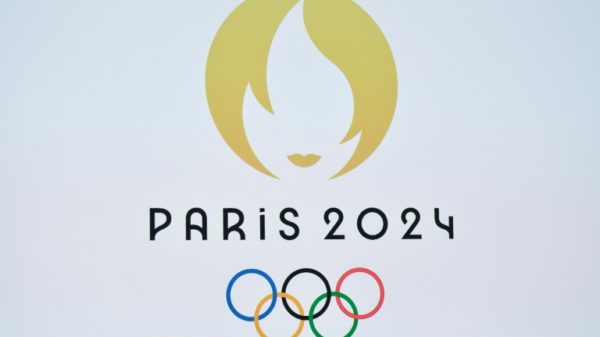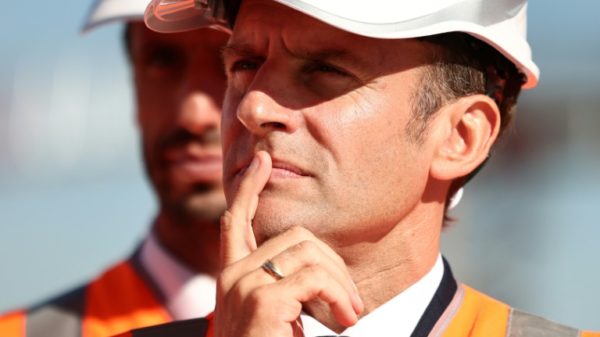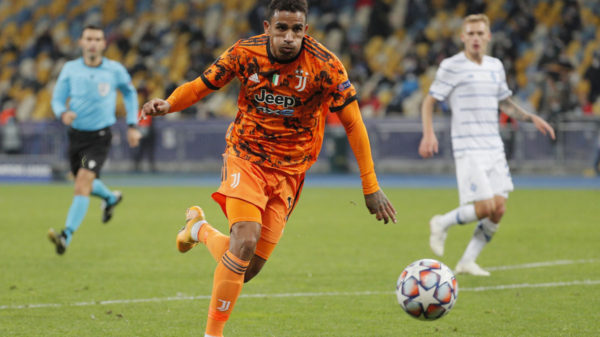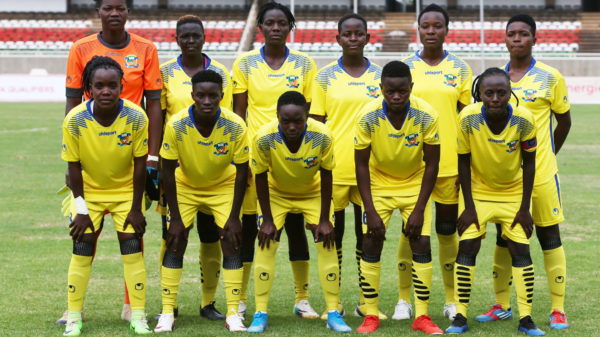ZAGREB, Croatia, July 12 – Despite the prodigious talent of Croatia’s players, few expected The Fiery Ones to reach the World Cup final — a feat not seen for such a small nation since Uruguay reached football’s pinnacle in 1950.
Here are five things to know about the country that on Sunday could become the ninth to have that hallowed star embroidered above its national crest:
– Sports incubator –
The country of around four million people, which became independent in 1991, produces an impressive number of champions.
Apart from footballers, its national handball team scooped a world champions title as well as Olympic gold twice, while the water polo squad were also crowned world champions.
Its top basketball players, Drazen Petrovic, who died in 1993, and NBA star Toni Kukoc bounced Croatia into the sporting spotlight.
Tennis legend Goran Ivanisevic and current star Marin Cilic, as well as high jump champion Blanka Vlasic, have also made names for themselves internationally.
And although Croatia has practically no ski resorts unlike neighbouring Slovenia, it boasts Alpine ski champions such as the likes of sister and brother act Janica and Ivica Kostelic.
Croatians have their own name for football, “nogomet”, derived from the word “noga” for leg, making theirs among only a handful of languages not to have borrowed a variant of the word “football”. In neighbouring Serbia, whose language is practically the same, the word is “fudbal”.
– The ubiquitous tie –
The French side may wish to contemplate the phrase of Norman Davies in his book “Europe – A History”: “At all events, people who deny the influence of Europe’s ‘smaller nations’ should remember that the Croats have the rest of us by the throat.”
The British historian was referring to a tie or cravat — worn every day by millions upon millions of men worldwide — whose Croatian origin reaches far into the past and is linked to love and devotion.
According to Croatians, for centuries women tied kerchiefs around their darlings’ necks as they set off to do battle in foreign wars.
Notably, Croat mercenaries wore them as they fought on the side of King Louis XIV during the Thirty Years War in the 17th century.
The humble tie was soon accepted as a fashion accessory by the powerful French court, including the king himself, later spreading to Britain and throughout the world.
Its association with the Croat nation resulted in the word cravat.
Today, Croatians celebrate Cravat Day on October 18.
– The Dalmatians –
While the origins of the tie may prove a surprise to the rest of Europe, the country has another export that is universally known and loved.
Of Croatia’s seven native dog breeds, Dalmatians, with their distinctive brown or black spots and elegant bodies, have won global fame thanks to Walt Disney’s cartoon “101 Dalmatians”, first released in 1961.
Originating from the coastal region of Dalmatia on the Adriatic Sea, these friendly dogs were first depicted in a number of paintings and church chronicles from the 16th to 18th centuries, before becoming sought-after domestic pets hundreds of years later.
– Carnivorous currency –
Though a member of the European Union, Croatia is not in the eurozone. Its currency the kuna was adopted in 1994 during the independence war to replace the Croatian dinar, which was a successor to Yugoslav dinar.
Kuna means marten, whose fur was used as the currency in the Middle Age and is depicted on the face of the coin.
The choice stirred controversy as the kuna was also the currency used by the country’s pro-Nazi Ustasha regime during World War II.
– 1,000 islands –
Tourism accounts for 20 percent of Croatia’s gross domestic product, with some 18 million visitors each year, many attracted to the more than 1,000 islands and islets scattered in the Adriatic Sea.
Other tourist draws include the Istria hinterland, the Velebit mountain, and the Krka and Plitvice national parks.
Croatia is also the country of “prsut”, a prosciutto ham that became the first national product to obtain the label of controlled European origin.
In addition, Istria is known for its truffles, while the local fish soup “gregada” has no reason to envy Marseille’s bouillabaisse.


